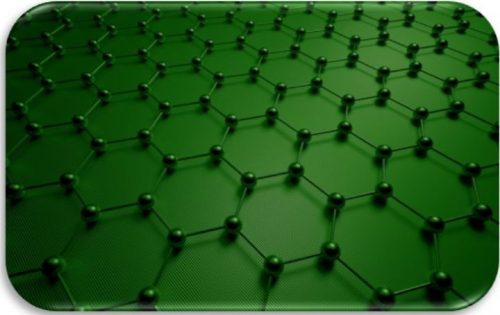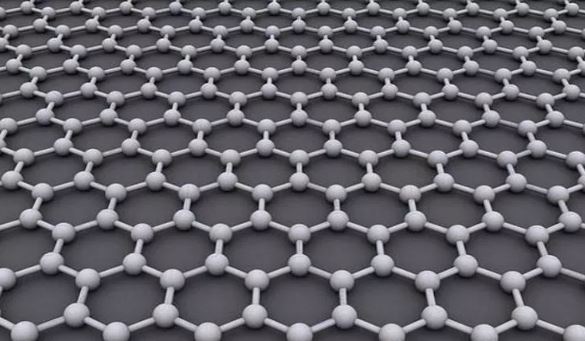Zenyatta Ventures Ltd has been performing studies to determine whether graphite tailings could become a cement replacement.
Study leader, Dr. Ahmad Rteil at the University of British Columbia, carried out an initial review of Albany tailings chemistry.
Dr. Rteil said the graphite tailings would meet both CSA (Canada Standards Association) and ASTM (American Society for Testing and Materials) standards as a potential partial replacement for cement in concrete.
Graphene – a by-product revenue stream
If scientists can confirm these tests results, it would have promising implications for project economics by reducing tailings disposal costs. It would also create a by-product revenue stream.

The idea of using the Albany graphite tailings as a potential cement replacement emerged when Zenyatta and Dr. Rteil were discussing market development. Specifically, regarding the possible applications of graphene in concrete.
Dr. Rteil reviewed Zenyatta’s technical data on the Albany tailings. He concluded that the graphene tailing’s physical and chemical properties were consistent with the requirements for their use in concrete.
More tests on the graphite tailings
The company has delivered two drums of tailings to Dr. Rteil’s lab for further evaluation.
In a press release, Zenyatta wrote the following regarding the two drums it sent:
“Testwork is now underway which includes 90-day strength measurements on concrete made with tailings used as cement replacement and results are expected within four months.”
What is Graphene?
Graphene, which is just one-atom thick, is the first truly two-dimensional material we know of. It is incredibly light but also amazingly tough. Graphene is two hundred times stronger than our strongest steel.
It is also an extremely good conductor of electricity and heat and acts as the perfect barrier. It even stops helium from passing through.
Not only is it incredibly hard, but also surprisingly flexible. Flexibility is an unusual feature of tough and hard materials.
Graphite tailings are the materials left over after processing.

